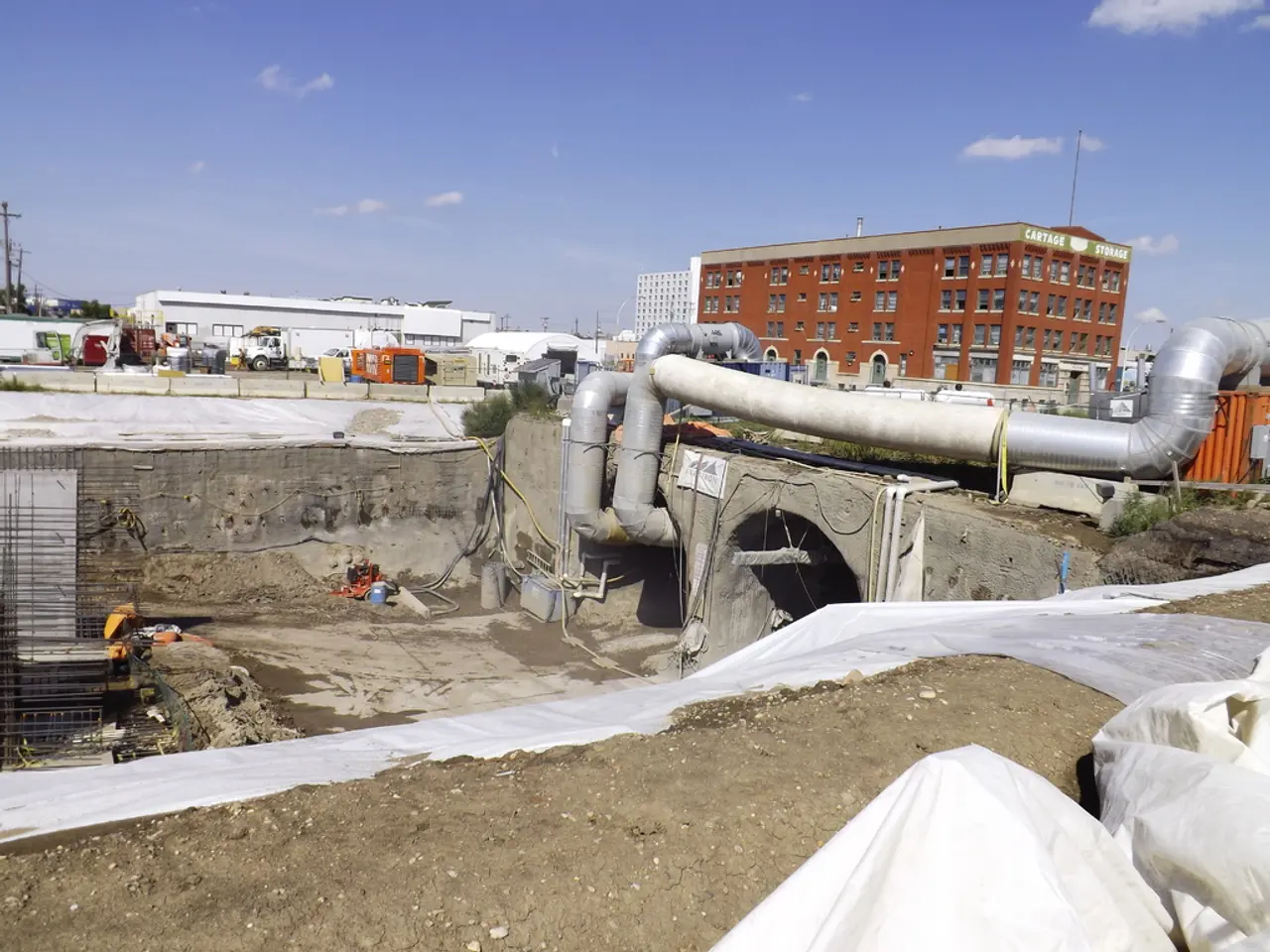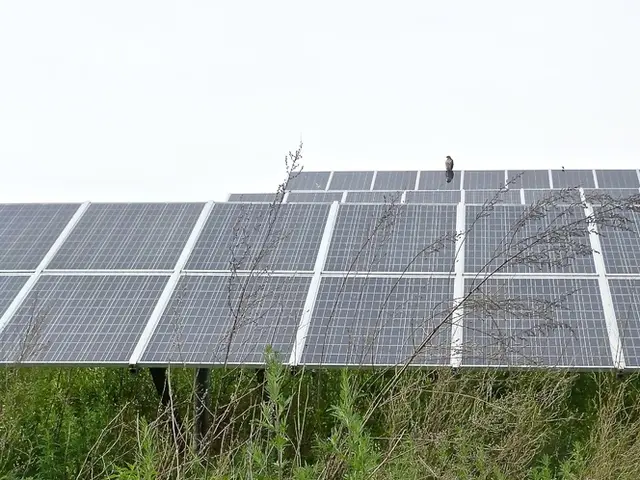Uganda Boosts Weather Warning System with SmartMet Alert
Uganda is set to enhance its weather warning system with the implementation of the SmartMet Alert system, a partly open-source and license-free platform that promises adaptability and cost-effectiveness. The project, supported by the World Meteorological Organization (WMO) and the Finnish Meteorological Institute (FMI), aims to boost Uganda's early warning capacity and integrate it with the global Common Alerting Protocol (CAP) community.
The SmartMet Alert system automates weather warning generation, ensuring timelier and more accurate forecasts. It will be configured and localized in Uganda, aligning with the country's warning definitions. The installation and staff training are scheduled for early 2026, following a collaborative effort between Uganda's Department of Meteorological Services (DMS) and FMI.
The project is part of the CREWS East Africa initiative, which seeks to upgrade operational warning systems in the region. FMI experts visited Uganda in June 2025 to kickstart the implementation, coinciding with the Eastern Africa Severe Weather Forecasting Programme (SWFP) regional workshop in Entebbe. During this visit, a customized warning framework was developed by DMS and FMI, tailoring hazard types, district coverage, warning levels, and public advisories to Uganda's unique context.
Upon operation, Uganda will significantly enhance its early warning capacity, joining the global CAP user community. This will broaden the reach and impact of its weather alerts, ultimately improving the nation's resilience to severe weather events.
Read also:
- Industrial robots in China are being installed at a faster rate than in both the United States and the European Union, as the global market for these robots faces a downturn.
- Galvanize Unveils $1.3 Billion Plan to Fund the Energy Sector's Evolution Pathway
- EAFO Research Uncovers Crucial Elements in Electric Vehicle Adoption within the EU
- Zeppelin's Fuel Cell Unit Powers 'Sandstedter Sommer' Festival








